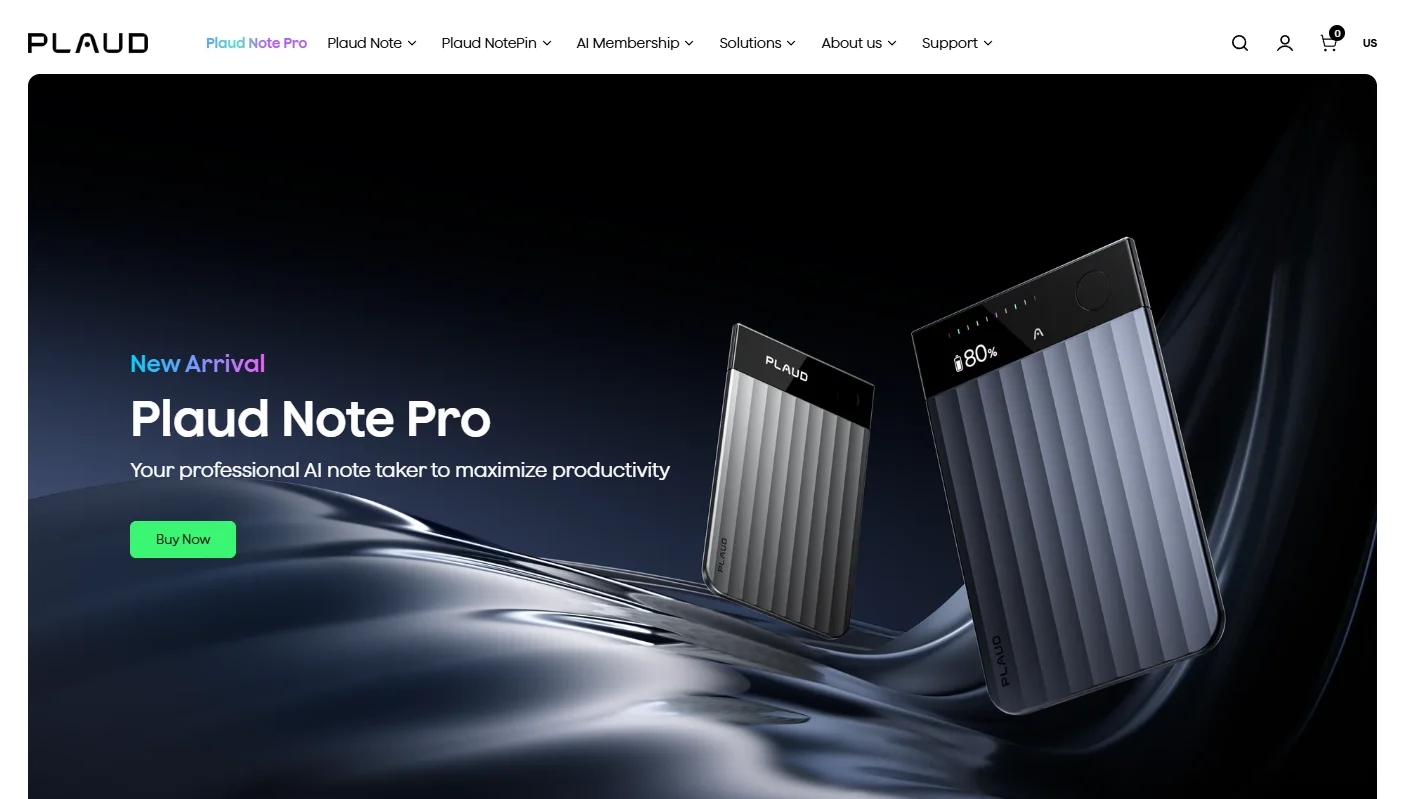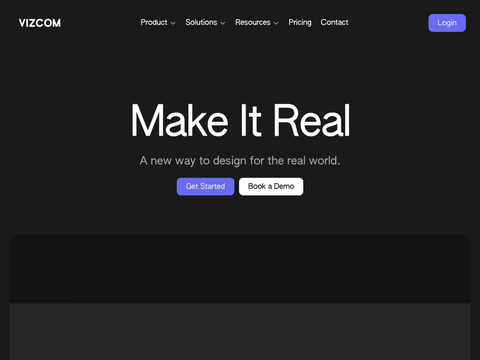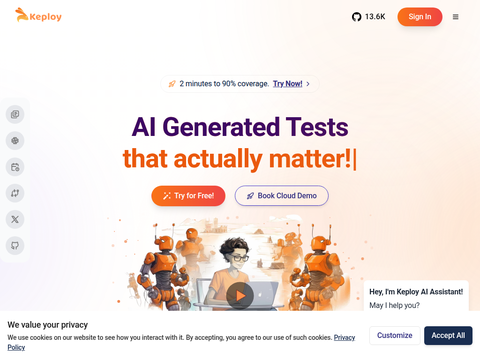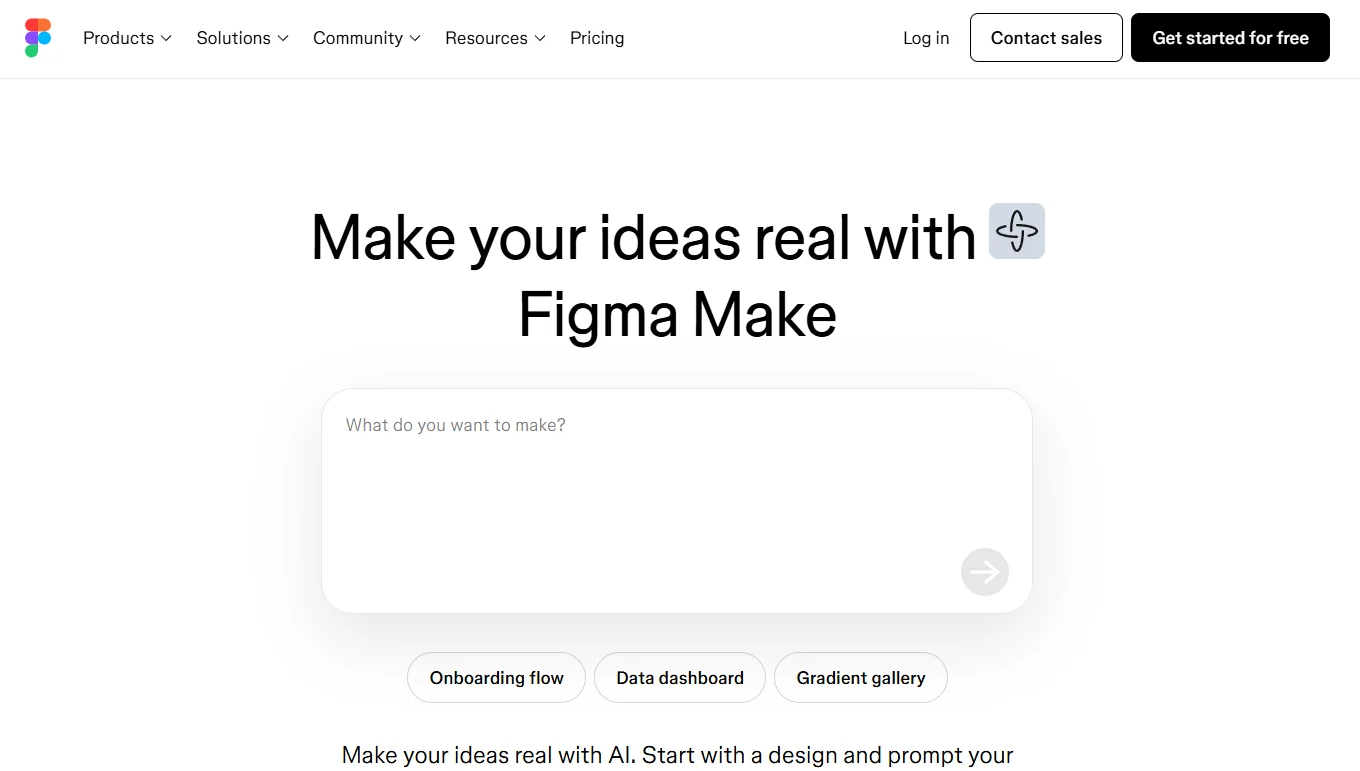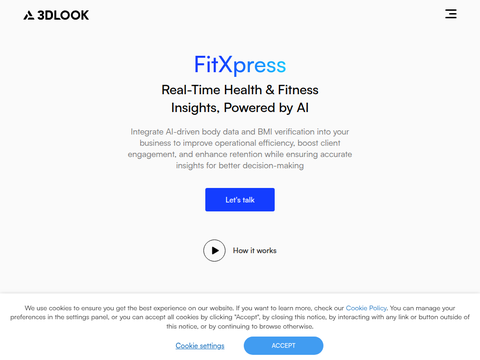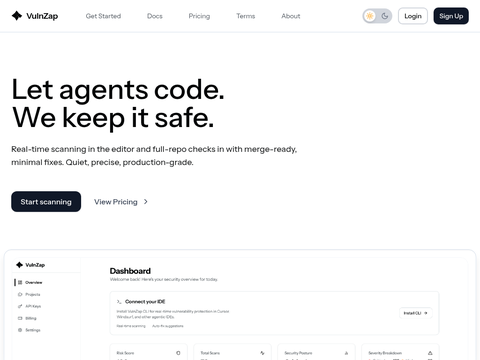The latest data from 2025 reveals significant shifts in the AI market landscape, with rapid evolution in how businesses and consumers utilize artificial intelligence tools. Poe, a comprehensive platform hosting over 100 AI models, has released an extensive report offering unprecedented insights into real-world usage patterns of text, image, and video generation technologies. Based on millions of user interactions over the past year, this report provides valuable competitive insights for technology decision-makers, despite the typically secretive nature of data in this field.
Poe stated, "As AI models continue to advance, we believe they will become central tools for acquiring knowledge, solving complex tasks, and managing daily workflows." The findings show a highly fragmented AI market. While companies like OpenAI and Anthropic maintain dominance in text generation, new entrants such as DeepSeek (in text) and Black Forest Labs (in image generation) have quickly captured significant market share. This demonstrates that despite substantial investments in industry leaders, the ecosystem remains vibrant and dynamic.
Here are the five most surprising discoveries from Poe's analysis of the AI ecosystem at the start of 2025:
Google's Uneven Performance Across AI Modalities: Google's varying performance across different AI domains highlights the challenges of achieving leadership across multiple modes. Its Gemini text model family saw consistent growth in information share until October 2024, after which it began to decline. This contrasts sharply with its performance in other categories. In image generation, Google's Imagen3 family holds 30% of the market share, while its Veo-2 model in video generation quickly captured 40% of the information share. This mixed performance shows that technical excellence alone doesn't guarantee market leadership. For enterprise decision-makers, this emphasizes the need to evaluate AI capabilities individually for each modality rather than assuming leadership in one area extends to all AI competencies.
Fierce Competition in Video Generation: As the latest frontier in generative AI, video generation has witnessed intense competition and rapidly shifting leadership. Although this category only emerged in late 2024, it has quickly expanded to include over eight providers offering diverse options. Runway, an early pioneer with a single API model, maintains 30-50% of the video generation information share. However, Google's entry disrupted this status quo, with its Veo-2 model capturing nearly 40% of total video generation information share within weeks of launch. Chinese-developed models collectively account for about 15% of video generation information, including Kling-Pro-v1.5, Hailuo-AI, HunyuanVideo, and Wan-2.1, continuing to lead in capability, inference time, and cost. This indicates international competition remains a crucial driver of innovation.
Dramatic Shifts in Image Generation: The image generation domain showcases the most significant market transformation in generative AI. Established players have rapidly lost ground to new entrants. Pioneering models like Dall-E-3 and various Stable Diffusion versions, once leaders in this field, have seen their relative usage shares drop nearly 80% as the number of official image generation models grew from 3 to around 25. Black Forest Labs emerged as an unexpected leader, with its Flux image generation model family maintaining dominance since mid-2024, capturing nearly 40% of information share. Simultaneously, Google's strategic investment in image generation is paying off, with its Imagen3 family steadily growing to capture nearly 30% usage share since its late 2024 release.
New Models Rapidly Eroding Older Versions: Poe's data reveals concerning trends in how AI companies maintain older models. When leading labs release more powerful models, new flagship offerings quickly replace older versions. This pattern is evident across companies, with users rapidly migrating from GPT-4 to GPT-4o and from Claude-3 to Claude 3.5. This suggests maintaining backward compatibility and support for older models may yield diminishing returns, as users consistently prefer the latest products. Companies might need to reconsider their product lifecycle strategies, potentially focusing resources on fewer models with more frequent updates rather than maintaining numerous offerings with varying capabilities and price points.
Duopoly in Text AI Faces New Challenges: While OpenAI and Anthropic maintain dominance in text generation, they face increasing pressure from new entrants. According to Poe's data, since the June 2024 release of Claude 3.5 Sonnet, OpenAI and Anthropic's text usage has become nearly equal, indicating intensifying competition in high-performance text models. Together, these two companies account for about 85% of text interactions on the platform. Anthropic's rapid parity with OpenAI demonstrates how improvements in

